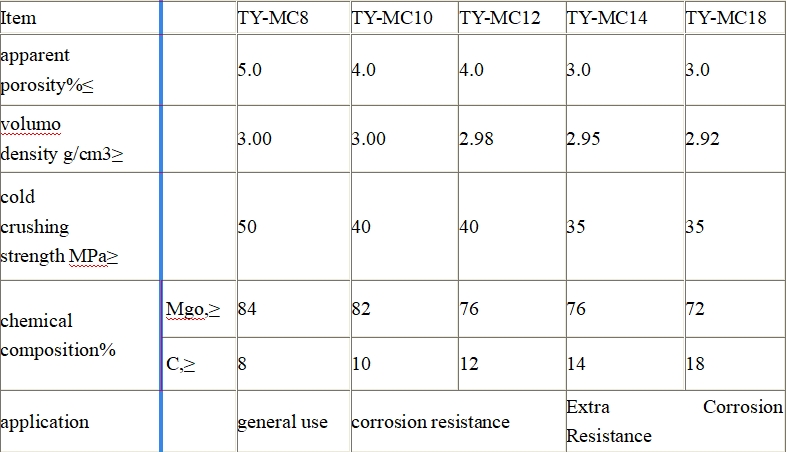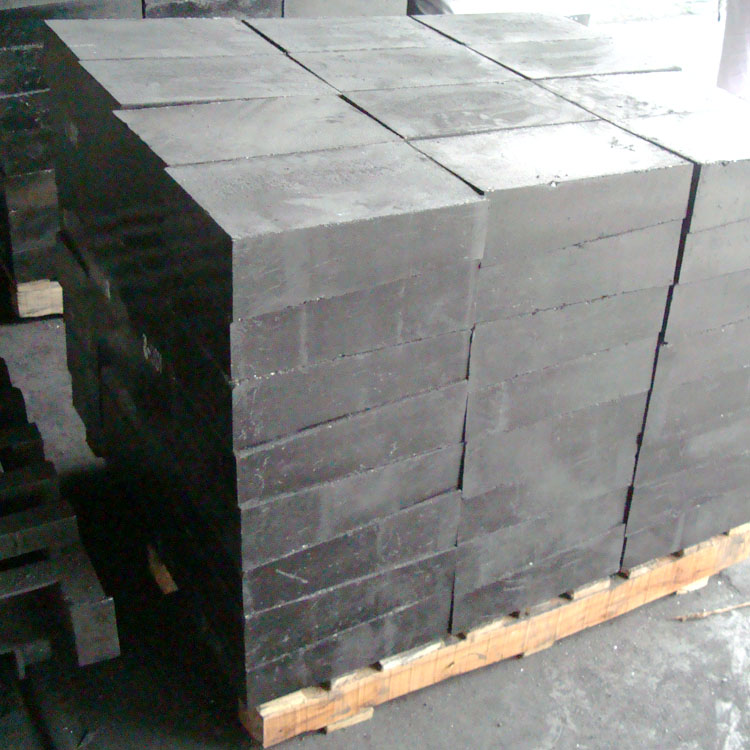
In the demanding environment of high-temperature kilns, the performance of refractory materials is crucial for maintaining operational efficiency, safety, and long-term durability. Among the various refractory options available, magnesium bricks have emerged as a top choice due to their exceptional mechanical strength, thermal stability, and resistance to alkali slag corrosion. This article explores the technical advantages of magnesium bricks, supported by real-world applications and customer feedback, highlighting how they can significantly enhance the performance and competitiveness of industrial kiln systems.
Magnesium bricks are engineered with a dense microstructure that provides outstanding compressive strength and resistance to mechanical wear. With a typical compressive strength ranging from 60 MPa to 120 MPa, these bricks can withstand the intense pressure and stress encountered in high-temperature environments such as glass melting furnaces and cement kilns. This structural integrity ensures minimal deformation over time, reducing maintenance costs and downtime.

One of the key attributes of magnesium bricks is their ability to maintain dimensional stability under extreme temperature fluctuations. Their low thermal expansion coefficient (typically around 4.5 × 10⁻⁶ /°C) minimizes the risk of spalling, which is a common issue in refractory linings subjected to rapid heating and cooling cycles. This characteristic is particularly beneficial in glass kilns where the temperature can vary widely during operation.
Alkali slag corrosion is a major challenge in many industrial kiln applications, especially in glass and cement production. Magnesium bricks exhibit strong resistance to this form of degradation due to their high purity and chemical inertness. They are composed primarily of magnesium oxide (MgO), which forms a protective layer against alkali compounds, thereby extending the service life of the kiln lining.

A leading glass manufacturing company in China replaced its traditional refractory materials with high-purity magnesium bricks in the regenerative chamber of its glass melting furnace. The results were impressive: the system experienced a 30% reduction in maintenance frequency, an increase in production output by 15%, and a significant decrease in energy consumption. These improvements directly contributed to higher profitability and improved market positioning.
| Parameter | Before Mg Bricks | After Mg Bricks |
|---|---|---|
| Maintenance Frequency | Every 6 months | Every 9 months |
| Production Output | 100 units/month | 115 units/month |
| Energy Consumption | 120 kWh/unit | 102 kWh/unit |

“Since we switched to magnesium bricks, our kiln operations have become more stable and efficient. We’ve seen fewer breakdowns and better product quality,” said Mr. Li, a plant manager at a large ceramic manufacturer. Another user, Ms. Emma from Germany, noted, “The durability and corrosion resistance of magnesium bricks have allowed us to extend our maintenance intervals and reduce overall operating costs.”
Magnesium bricks offer a reliable, cost-effective solution for high-temperature kiln applications. With superior mechanical strength, thermal stability, and corrosion resistance, they are ideal for industries such as glass, cement, and ceramics. Whether you're looking to improve operational efficiency or reduce maintenance costs, magnesium bricks can deliver measurable benefits.
Ready to upgrade your kiln lining? Contact us today to learn more about our premium magnesium brick solutions and how they can support your business goals.
Get a Free Consultation
